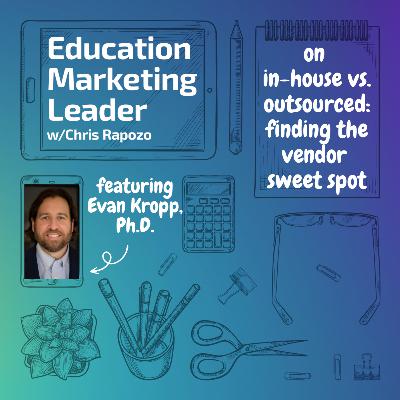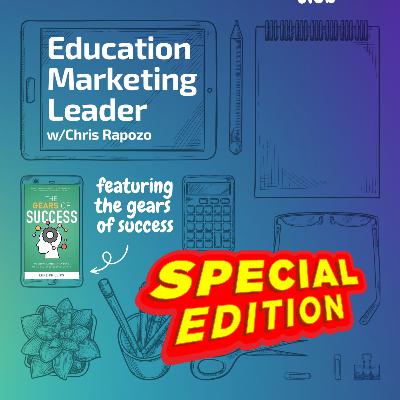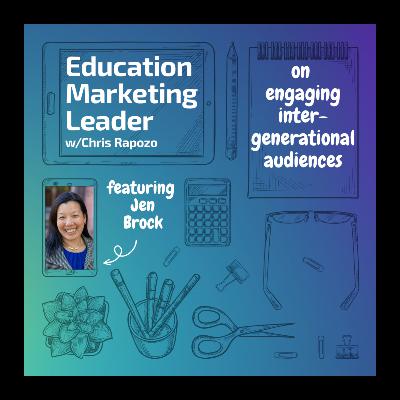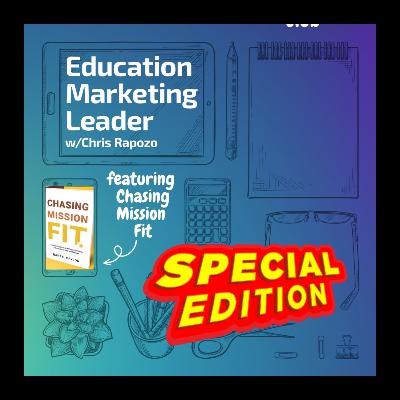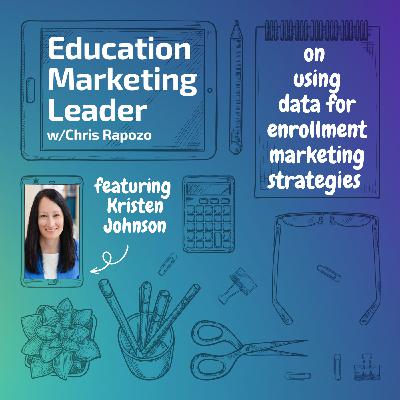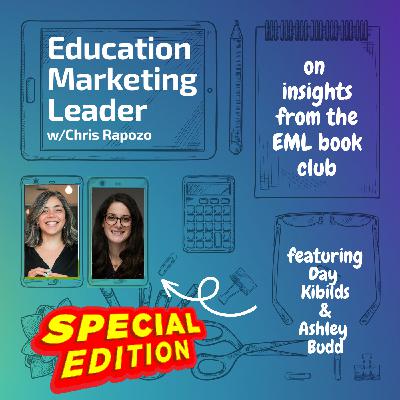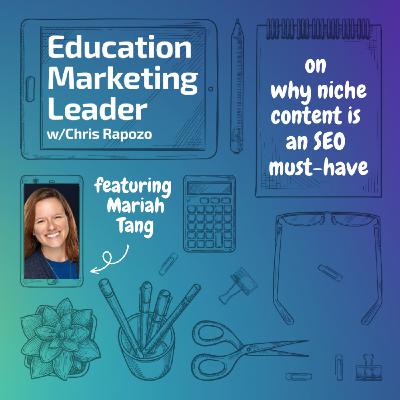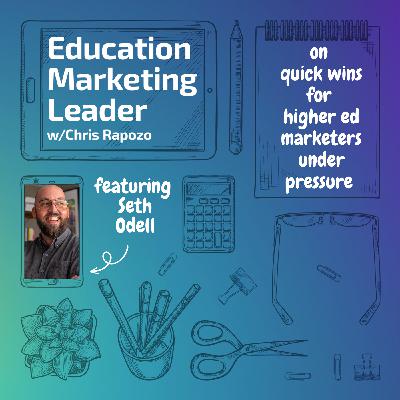In this special episode of the Education Marketing Leader Podcast, we revisit highlights from our May book club meeting with Jamie Hunt, founder of Solver Higher Ed, former CMO of Old Dominion, host of Confessions of a Higher Ed CMO, and author of Heart Over Hype.This session was an exchange between higher ed marketers, strategists, and creatives reflecting on the real-world impact of empathy-driven communication.Together, we explored the themes, challenges, and opportunities from Jamie’s book, and the insights from the group made this one of our most powerful meetings yet.Here’s what you’ll learn in this episode:✅ What empathy really means, and why it’s more than just being nice ✅ How to balance empathy with metrics when leadership demands results ✅ Why storytelling must include the struggle, not just the success ✅ How to engage faculty in marketing without losing your mind (or your message) ✅ What it takes to implement a student communication digest, and get campus buy-in ✅ Tactical ways to reduce email chaos, improve messaging, and focus on what students actually need ✅ How to defend empathy as a strategic approach, especially in rooms where it’s dismissed as “soft” or “too touchy-feely”💬 Members shared reflections that resonated:– The emotional weight of the book’s dedication – Journey mapping fatigue—and why it’s still worth it – Navigating internal pushback when telling authentic, vulnerable student stories – Reframing “best” to reflect each student’s reality – Using empathy not just for student messaging, but for internal communication with faculty, staff, and employees🎤 Jamie didn’t hold back during Q&A:She shared lessons from her time at Winston-Salem State and Old Dominion, how she pushed for digest-style emails, navigated political resistance, and convinced leadership to prioritize empathy not just in messaging, but in operational change. She offered honest advice on how middle managers can influence systems beyond their control, and how to build meaningful relationships to break down silos for good.📚 Heart Over Hype is a toolkit for anyone trying to build trust in a noisy world.🎙️ Listen now wherever you get your podcasts. 👉 Want in on the book club? Join us on LinkedIn: https://www.linkedin.com/groups/13140172/Until next time. ✌️



